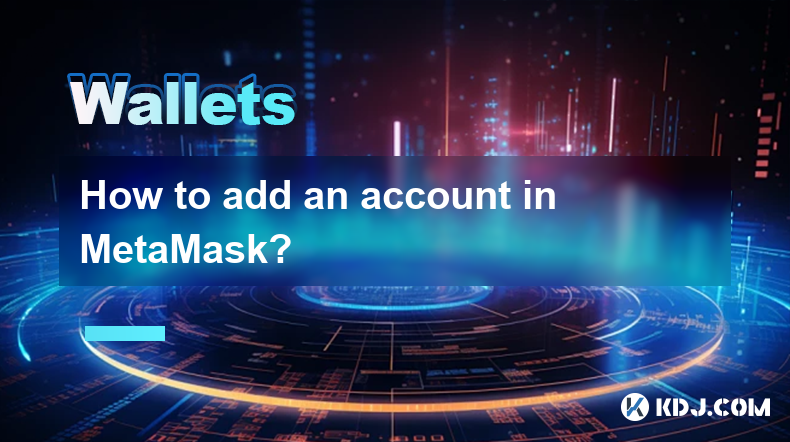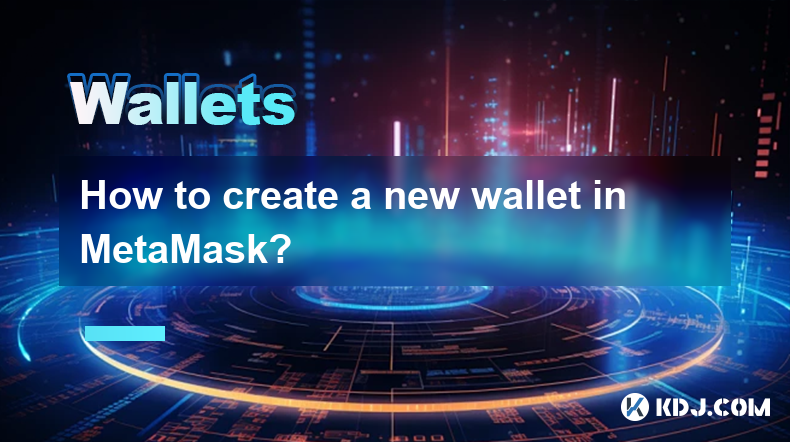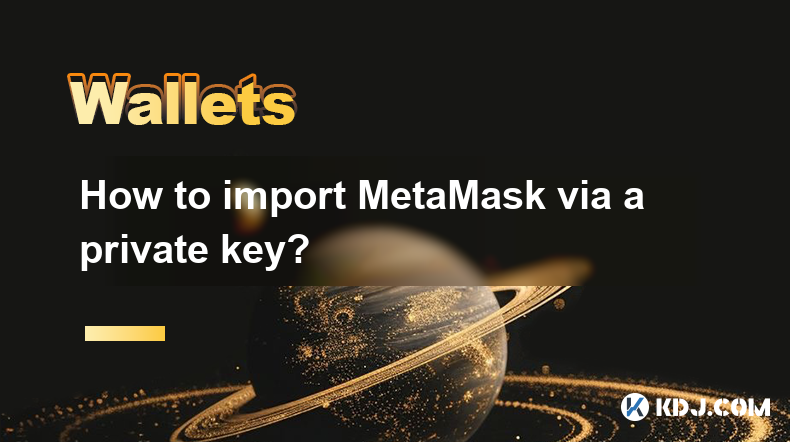-
 Bitcoin
Bitcoin $93,709.0045
-7.45% -
 Ethereum
Ethereum $2,637.9182
-16.30% -
 Tether USDt
Tether USDt $0.9995
-0.03% -
 XRP
XRP $2.2172
-24.70% -
 Solana
Solana $188.2979
-13.45% -
 BNB
BNB $573.9051
-13.34% -
 USDC
USDC $0.9999
-0.01% -
 Dogecoin
Dogecoin $0.2395
-23.57% -
 Cardano
Cardano $0.7127
-21.48% -
 TRON
TRON $0.2141
-12.88% -
 Chainlink
Chainlink $18.6364
-19.44% -
 Avalanche
Avalanche $25.2901
-22.20% -
 Stellar
Stellar $0.3159
-20.99% -
 Toncoin
Toncoin $3.7440
-19.79% -
 Sui
Sui $2.9834
-22.12% -
 UNUS SED LEO
UNUS SED LEO $9.5840
-0.76% -
 Hedera
Hedera $0.2179
-25.40% -
 Shiba Inu
Shiba Inu $0.0...01385
-22.42% -
 Litecoin
Litecoin $98.4749
-18.62% -
 Polkadot
Polkadot $4.5924
-23.22% -
 Hyperliquid
Hyperliquid $21.1724
-12.09% -
 Bitcoin Cash
Bitcoin Cash $329.2843
-19.57% -
 Bitget Token
Bitget Token $5.1076
-25.14% -
 Ethena USDe
Ethena USDe $0.9988
-0.18% -
 Dai
Dai $0.9998
-0.02% -
 Uniswap
Uniswap $8.3403
-24.55% -
 MANTRA
MANTRA $4.6958
-9.91% -
 Pepe
Pepe $0.0...09492
-23.63% -
 NEAR Protocol
NEAR Protocol $3.3827
-21.60% -
 Monero
Monero $205.6055
-13.60%
Blockchain wallet usdt address
Blockchain Wallet USDT Addresses: Understanding how to view, use, and protect your USDT wallet addresses is crucial for safe and efficient cryptocurrency transactions.
Dec 19, 2024 at 12:06 pm

Key Points:
- Understanding Blockchain Wallet USDT Addresses
- Viewing USDT Addresses in Different Types of Wallets
- Sending and Receiving USDT Using Addresses
- Security Measures for Protecting USDT Addresses
- Common Questions and Answers
Blockchain Wallet USDT Address
A cryptocurrency wallet is a digital wallet used to store, send, and receive cryptocurrencies. It consists of two main components: a public address and a private key. The public address is a unique identifier that represents the wallet on the blockchain and is used to receive cryptocurrencies. On the other hand, the private key is used to access and spend the funds stored in the wallet.
A USDT wallet address is a specific type of public address associated with a blockchain wallet used to store and transact Tether (USDT), a popular stablecoin pegged to the US dollar. USDT is widely used in the cryptocurrency market as a stable store of value and for trading other cryptocurrencies.
Viewing USDT Addresses in Different Types of Wallets
Different types of wallets, such as software wallets, hardware wallets, and exchange-based wallets, may display USDT addresses differently. Here's how to view USDT addresses in common wallet types:
- Software Wallets (e.g., Trust Wallet, MetaMask): Software wallets typically display USDT addresses in the form of a long string of hexadecimal characters (e.g., 0x28C6c06298d514db089934071355E149a7B82845). These addresses can be copied and shared with others to receive USDT.
- Hardware Wallets (e.g., Ledger, Trezor): Hardware wallets are physical devices that store private keys offline, providing enhanced security. USDT addresses on hardware wallets are typically displayed on the device's screen or can be retrieved using the wallet's companion app.
- Exchange-Based Wallets (e.g., Binance, Coinbase): Cryptocurrency exchanges often provide their own wallets for users to store and trade cryptocurrencies. USDT addresses on exchange-based wallets are usually generated automatically and can be viewed in the exchange's interface.
Sending and Receiving USDT Using Addresses
To send or receive USDT, you will need to use the USDT address associated with your wallet. Here's how to send and receive USDT using addresses:
- Sending USDT: To send USDT, specify the USDT address of the recipient, enter the amount you wish to send, and initiate the transaction. The transaction will be processed by the blockchain network, and once confirmed, the USDT will be transferred to the recipient's address.
- Receiving USDT: To receive USDT, simply provide the USDT address associated with your wallet to the sender. Once the transaction is initiated and confirmed on the blockchain, the USDT will be credited to your wallet's address.
Security Measures for Protecting USDT Addresses
Protecting your USDT addresses is crucial for securing your funds. Here are some important security measures to follow:
- Keep Your Private Key Secure: The private key associated with your USDT address is vital for accessing and spending your funds. Protect your private key by storing it offline or using a hardware wallet to keep it away from potential online threats.
- Use Strong Passwords: Use complex passwords for your wallet accounts and change them regularly. Avoid using the same password for multiple accounts.
- Beware of Phishing Attempts: Phishing scams often target cryptocurrency users by sending emails or messages that appear to come from legitimate companies. Be cautious of any suspicious emails or messages requesting sensitive information or asking you to click on unfamiliar links.
- Enable Two-Factor Authentication: Two-factor authentication (2FA) adds an extra layer of security to your wallet by requiring additional verification methods when accessing your account.
- Consider Multi-Signature Wallets: Multi-signature wallets require multiple private keys to authorize transactions, providing enhanced security against unauthorized access.
FAQs
- What is the format of a USDT address? USDT addresses are typically long strings of hexadecimal characters (e.g., 0x28C6c06298d514db089934071355E149a7B82845).
- How do I generate a USDT address? USDT addresses are generated automatically when you create a cryptocurrency wallet.
- Can I change my USDT address? In most cases, it is not possible to change your USDT address.
- Can I use the same USDT address to send and receive transactions? Yes, you can use the same USDT address for both sending and receiving transactions.
- Is it safe to share my USDT address with others? Sharing your USDT address is generally safe, but it is important to be aware of phishing scams and protect your private key.
Disclaimer:info@kdj.com
The information provided is not trading advice. kdj.com does not assume any responsibility for any investments made based on the information provided in this article. Cryptocurrencies are highly volatile and it is highly recommended that you invest with caution after thorough research!
If you believe that the content used on this website infringes your copyright, please contact us immediately (info@kdj.com) and we will delete it promptly.
- Solana (SOL) Faces Turbulence as DTX Exchange (DTX) Gains Momentum, Analysts Now Speculate SOL's Rally Could Peak Near $500 in 2025
- 2025-02-03 08:45:58
- Arctic Pablo: The Next Big Meme Coin to Explode in Value
- 2025-02-03 08:45:58
- Cryptocurrency Market Experiences a Sharp Decline as Trade War between Countries Worsens Investor Sentiment
- 2025-02-03 08:45:58
- 5 Best Crypto To Buy Now – $RISE Leads With Its 100x Returns Potential
- 2025-02-03 08:45:58
- Trump Coin: A Wild Ride Through the Intersection of Politics and Cryptocurrency
- 2025-02-03 08:45:58
- The Ultimate Guide to Finding the Best "Lottery Ticket" Cryptos Today
- 2025-02-03 08:45:58
Related knowledge

How to add an account in MetaMask?
Feb 03,2025 at 12:00am
Key Points:Understand the benefits of using MetaMask.Step-by-step instructions on how to create a MetaMask account.How to securely store and access your MetaMask account.How to Add an Account in MetaMask1. Install MetaMask ExtensionVisit the official MetaMask website (metamask.io) or search for the extension in your browser's extension store (e.g., Chro...

How to create a new wallet in MetaMask?
Feb 02,2025 at 01:18am
Key Points:MetaMask is a popular cryptocurrency wallet that allows users to store, send, and receive cryptocurrencies.Creating a new MetaMask wallet is simple and can be done in just a few minutes.MetaMask wallets are secure and feature a variety of security measures to protect user funds.MetaMask wallets are versatile and can be used to access a wide r...

How to import MetaMask via a private key?
Feb 02,2025 at 08:12pm
Key Points:Step 1: Understand the Private KeyStep 2: Access Metamask WalletStep 3: Import Existing AccountStep 4: Enter Private KeyStep 5: Verify and ProceedHow to Import MetaMask via a Private Key:Step 1: Understand the Private KeyA private key is a unique code that grants access to a cryptocurrency wallet. It is a cryptographically generated string of...

What is SLIP39?
Feb 01,2025 at 09:48pm
Key Points:SLIP39: An Enhanced Standard for Enhancing Mnemonic SecurityComparison of SLIP39 with Existing Mnemonic StandardsAdvantages of Adopting SLIP39 for Improved SecurityCommon Challenges and Mitigations in Using SLIP39Best Practices for Implementing SLIP39 in Cryptocurrency WalletsFAQs on SLIP39 (Security, Compatibility, Implementation)What is SLI...

What is BIP39?
Feb 02,2025 at 05:18am
Key Points:BIP39 is a hierarchical deterministic (HD) wallet standard that generates a seed from a mnemonic phrase.The seed can be used to derive unlimited sets of private keys and addresses.BIP39 enhances security by utilizing a 12-24 word mnemonic phrase.*Mnemonic phrases can be recovered if lost, even with compromised private keys.*BIP39 supports var...

How many combinations of mnemonics are there?
Feb 03,2025 at 08:36am
Key Points:Understanding the composition of mnemonic seed phrasesCalculating the number of possible mnemonic combinationsDelving into Mnemonic Seed PhrasesMnemonics are a powerful tool used in cryptocurrency wallets to securely store private keys and facilitate account recovery. They consist of a series of words selected from a predetermined list (word ...

How to add an account in MetaMask?
Feb 03,2025 at 12:00am
Key Points:Understand the benefits of using MetaMask.Step-by-step instructions on how to create a MetaMask account.How to securely store and access your MetaMask account.How to Add an Account in MetaMask1. Install MetaMask ExtensionVisit the official MetaMask website (metamask.io) or search for the extension in your browser's extension store (e.g., Chro...

How to create a new wallet in MetaMask?
Feb 02,2025 at 01:18am
Key Points:MetaMask is a popular cryptocurrency wallet that allows users to store, send, and receive cryptocurrencies.Creating a new MetaMask wallet is simple and can be done in just a few minutes.MetaMask wallets are secure and feature a variety of security measures to protect user funds.MetaMask wallets are versatile and can be used to access a wide r...

How to import MetaMask via a private key?
Feb 02,2025 at 08:12pm
Key Points:Step 1: Understand the Private KeyStep 2: Access Metamask WalletStep 3: Import Existing AccountStep 4: Enter Private KeyStep 5: Verify and ProceedHow to Import MetaMask via a Private Key:Step 1: Understand the Private KeyA private key is a unique code that grants access to a cryptocurrency wallet. It is a cryptographically generated string of...

What is SLIP39?
Feb 01,2025 at 09:48pm
Key Points:SLIP39: An Enhanced Standard for Enhancing Mnemonic SecurityComparison of SLIP39 with Existing Mnemonic StandardsAdvantages of Adopting SLIP39 for Improved SecurityCommon Challenges and Mitigations in Using SLIP39Best Practices for Implementing SLIP39 in Cryptocurrency WalletsFAQs on SLIP39 (Security, Compatibility, Implementation)What is SLI...

What is BIP39?
Feb 02,2025 at 05:18am
Key Points:BIP39 is a hierarchical deterministic (HD) wallet standard that generates a seed from a mnemonic phrase.The seed can be used to derive unlimited sets of private keys and addresses.BIP39 enhances security by utilizing a 12-24 word mnemonic phrase.*Mnemonic phrases can be recovered if lost, even with compromised private keys.*BIP39 supports var...

How many combinations of mnemonics are there?
Feb 03,2025 at 08:36am
Key Points:Understanding the composition of mnemonic seed phrasesCalculating the number of possible mnemonic combinationsDelving into Mnemonic Seed PhrasesMnemonics are a powerful tool used in cryptocurrency wallets to securely store private keys and facilitate account recovery. They consist of a series of words selected from a predetermined list (word ...
See all articles

























































































